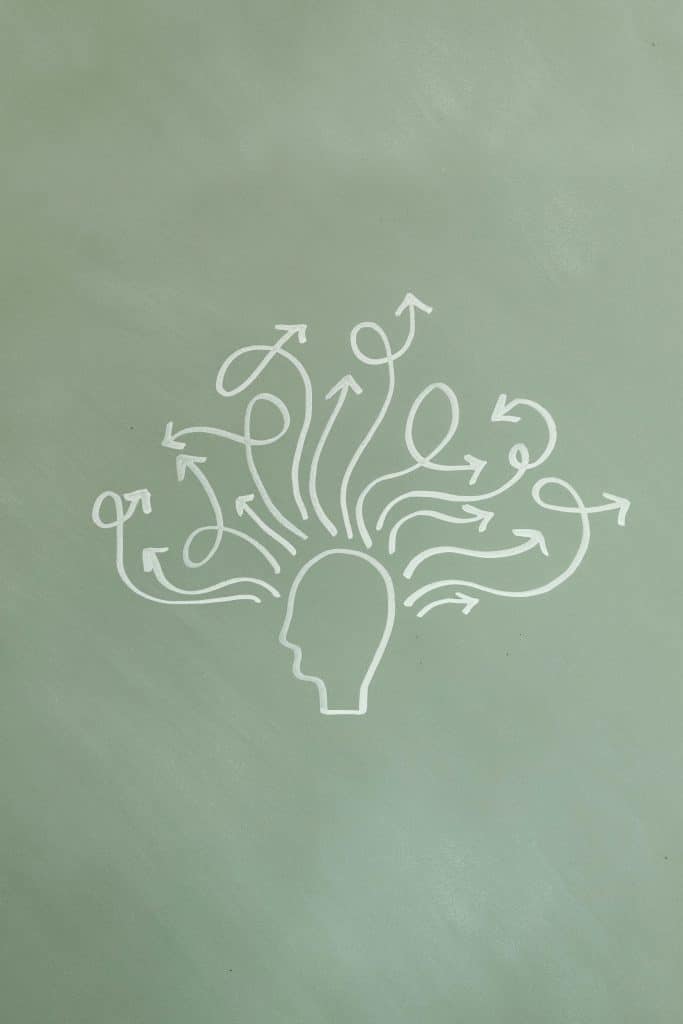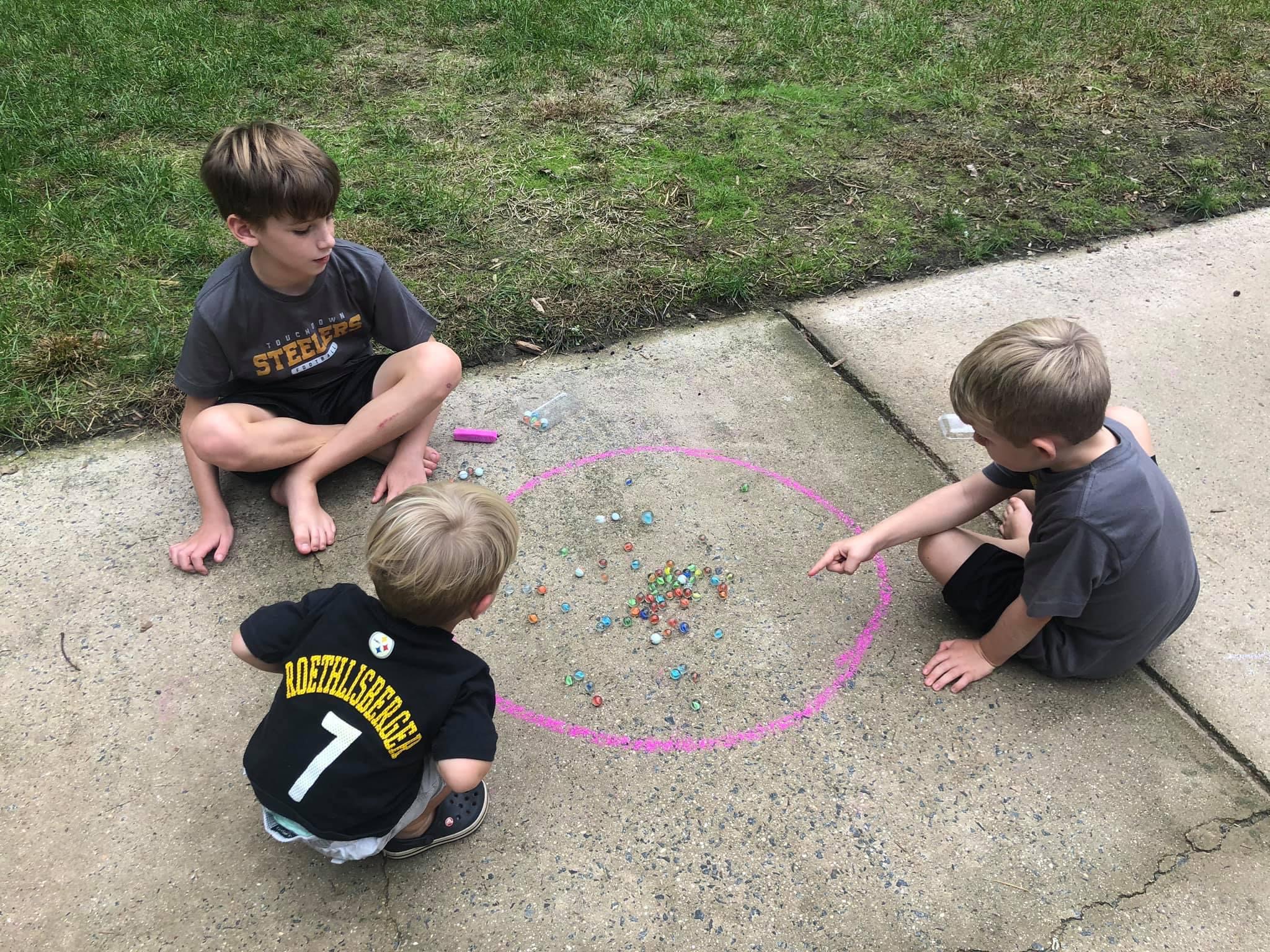Character building is enhanced in schools. It’s common for schools to teach the hard skills of academics, but soft skills involve integrity and compassion. The soft skills encompass character development that is applicable in all classrooms, from K to 12.
In the classroom, teachers help develop a student’s character through building behavior that is socially acceptable. They can create a sense of community and build citizens who are responsible. This process begins with a reflection on student actions.
Character Building and the Brain
A student’s character is connected to brain function that involves thinking of themselves and others. It’s how students process information from others and apply it to new experiences. The frontal lobe of the brain is responsible for controlling behavior, emotions, motor skills, and impulse control. It also controls planning and decision-making. According to the article from Journey to College, the frontal lobe does not fully mature until about the age of 25.
Promoting Character Building
Character building starts with role models.
- It’s important to model soft skills. Thus, teachers serve as role models for students.
- Goal setting helps students create a positive mindset. Thus, enables them to monitor their progress.
- Communication in the classroom provides students and teachers a clear understanding of thoughts and actions. It hel[ps everyone to be on the same page.
- Community involvement gives students civic responsibility. Provide students with volunteering opportunities within the school community.
- Develop literature into the classroom curriculum that centers on character development.
The development of character shapes the student. It influences their relationships with their peers and leads them to their successes. when a. student has a strong character they have positive mindsets that contributes to teir personal growth. According to a Weekly Wisdom blog, character is the most importanty thing in life.
Character Development and the Future



